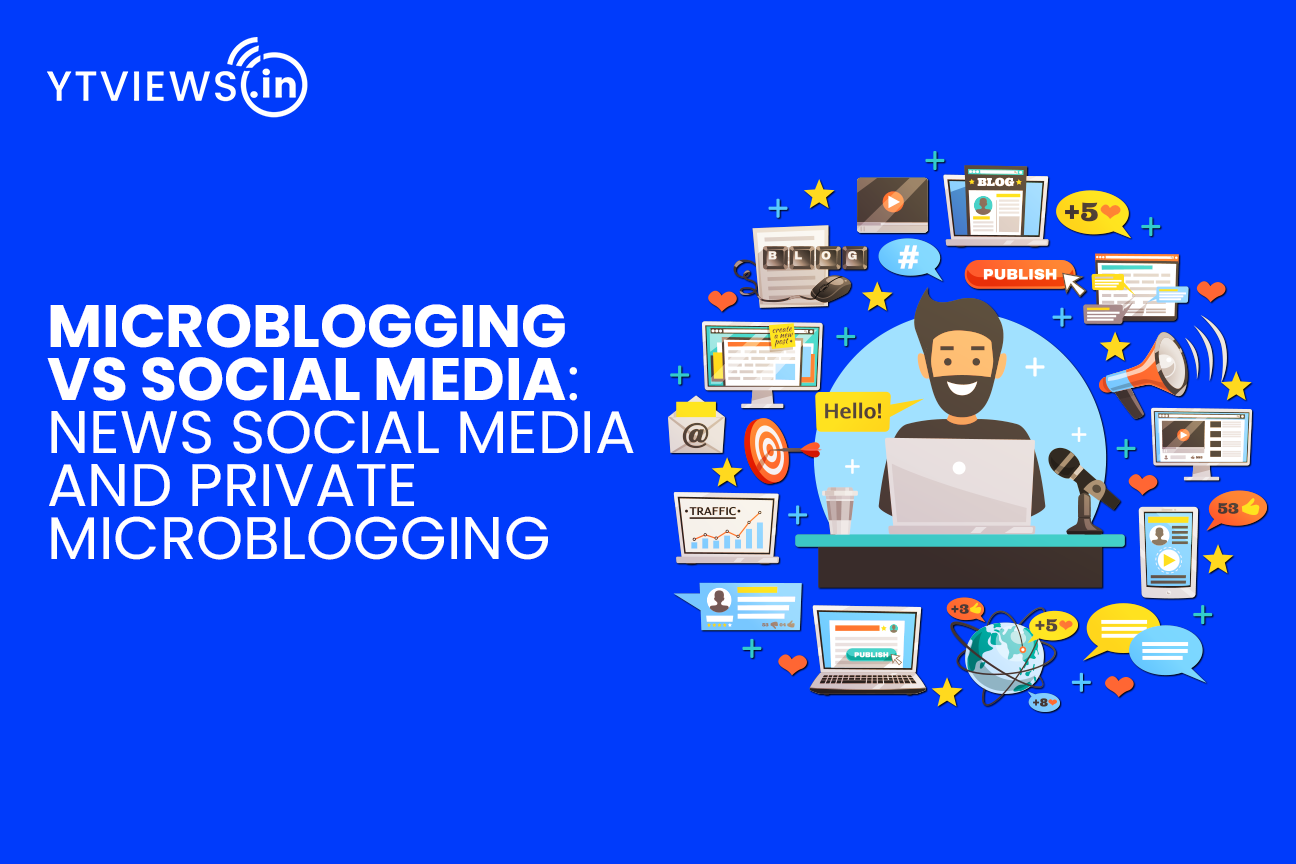Microblogging VS Social Media: News, Social Media and Private Microblogging
In this day and age, we anticipate receiving information quickly and in bite-sized chunks that are simple to understand. We sometimes wish we could share thoughts or stories without having to write an entire article. The idea of microblogging comes into play in this situation. There are a few platforms for sharing information that uses microblogs, some of which you probably already use.
News and Microblogging: In order to share article headlines and links, many journalism websites use Twitter or other microblogging services. This is a terrific way to inform the general public of breaking international news. The New York Times, BBC, and Al Jazeera are a few examples of microblogging news sources. Verifying the accuracy of news obtained from microblogging platforms is a challenge. For this reason, microblogs are only regarded as “news sources” if they satisfy the requirements for journalism: veracity, objectivity, and responsibility.
Social Media and Microblogging: You most likely have a lot of experience with microblogging if you use any social media sites. The two taken together have altered the way we disseminate information. Keep in mind that microblogging can be used to quickly and widely share information. Platforms for microblogging have tools that make it easier for people to find your content. Hashtags are one resource that you probably already know about. Users can use hashtags to search for content that belongs to the same category. Therefore, you might search for local events or events if you’re looking for images of a recent local event. When used on microblog platforms, hashtags greatly increase the amount of traffic to a post.
Private Microblogging: Twitter is a fantastic app to use if you want to share your content quickly and easily or publicly reach lots of people at once. Twitter might not be the best platform to use, though, if you don’t want to share posts publicly. If you don’t want to post messages to friends publicly, some microblogging platforms allow for private messaging.

If you’re in a classroom setting, that’s another situation where a private platform might be desirable. A private microblogging platform that only lets members see posts may be used by educators, administrators, and students. Members are able to post brief messages with delicate school-related content in this way. Private microblogging accounts can be made for each employee by the employer. This protects the confidentiality of company-wide posts and articles.
Microblogging platforms for private use:
Yammer
Swabr
Social Media Private Messaging:
Instagram
Facebook
Snapchat
Social media private profiles: You have the option to make your profile private on these kinds of platforms. So even though Twitter is typically a public platform, you can choose to make it private if you have a Twitter account. The way we spread information globally has changed as a result of microblogging. It gives you room to produce even more content than you would with a typical blog because the messages are so brief.
If you’re just beginning your online presence, these platforms can assist you in getting your name out there. You don’t even need a computer to access a microblog; all you need is a smartphone and access to the internet.
Key Takeaways from Microblogging:
~ A microblog is a brief piece of content created for brief exchanges.
~ Because they are shorter and geared toward mobile phone users, microblogs are different from blogs.
~ Each post is typically limited to under 300 characters.
~ On websites like Facebook, Instagram, and Twitter, microblogging is widespread.
~ When trying to share your information, hashtags are useful.
Related Posts

Instagram Implements Advanced Protections for Teen Users.

5 Skills to Become a Successful Social Media Marketer

LinkedIn Adds AI Training Opt-out Option

What Video Editing Software Do Youtubers Use in 2024?

How VoIP Services are changing the Way We Make Calls






































